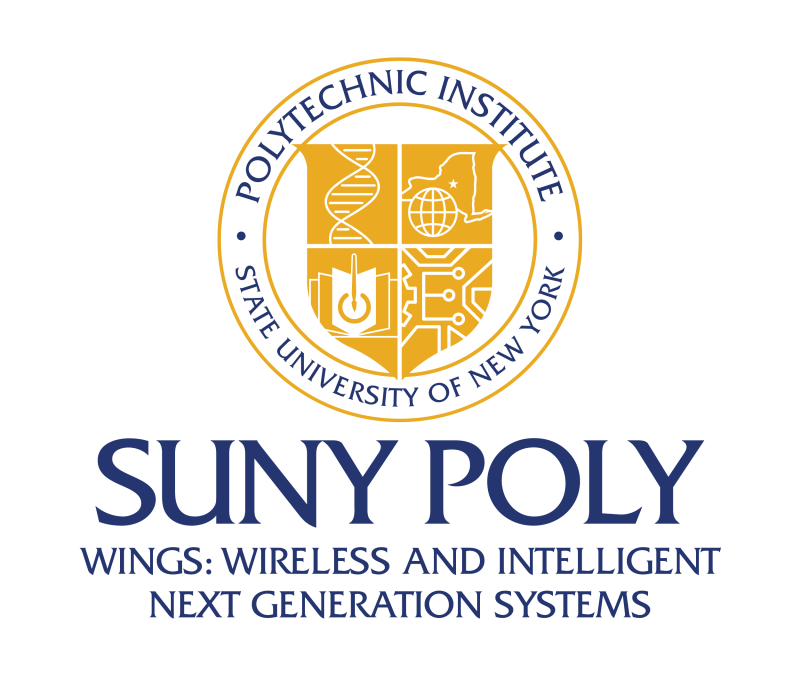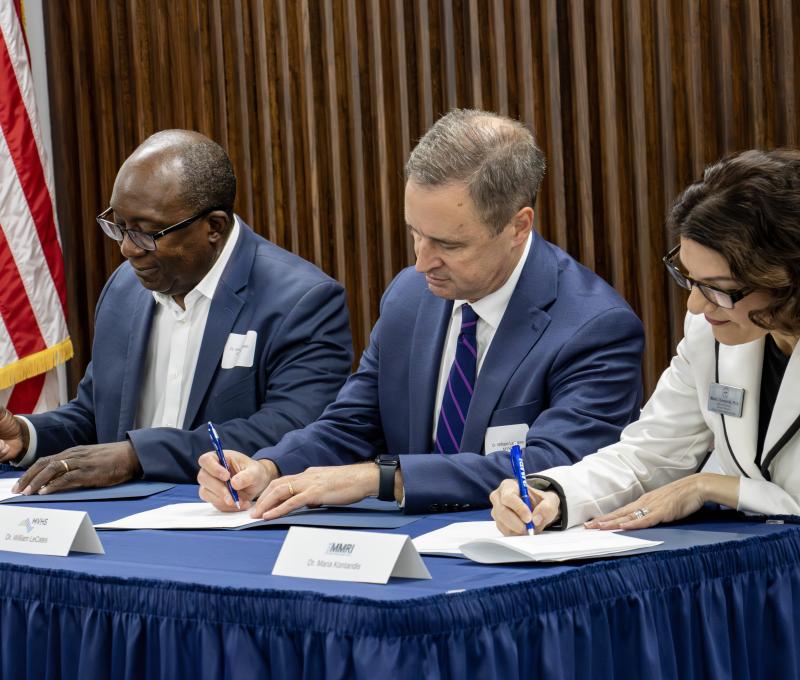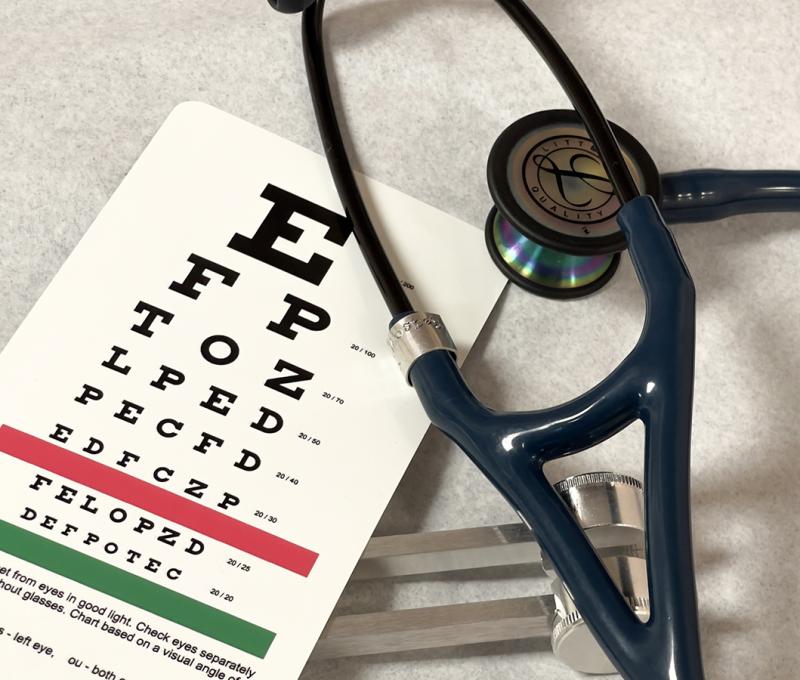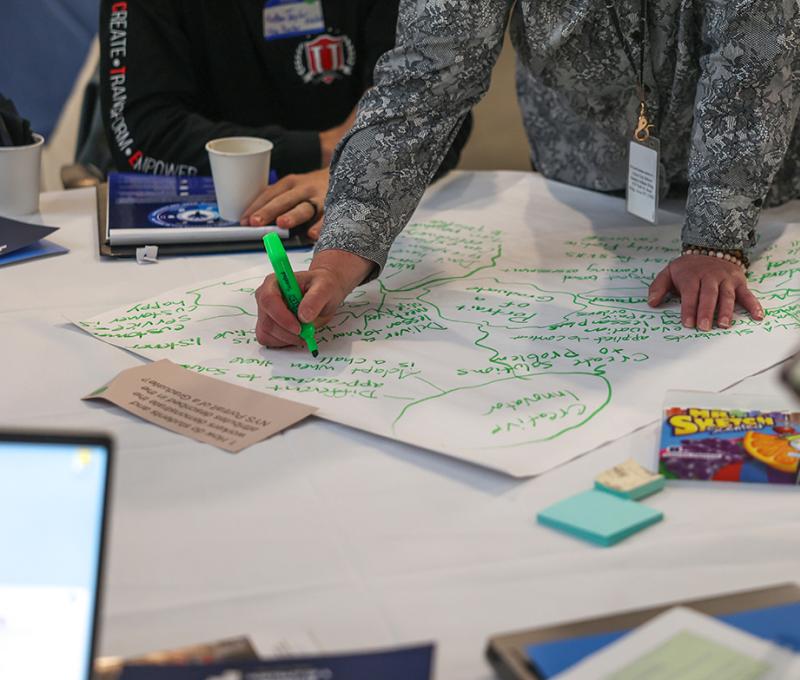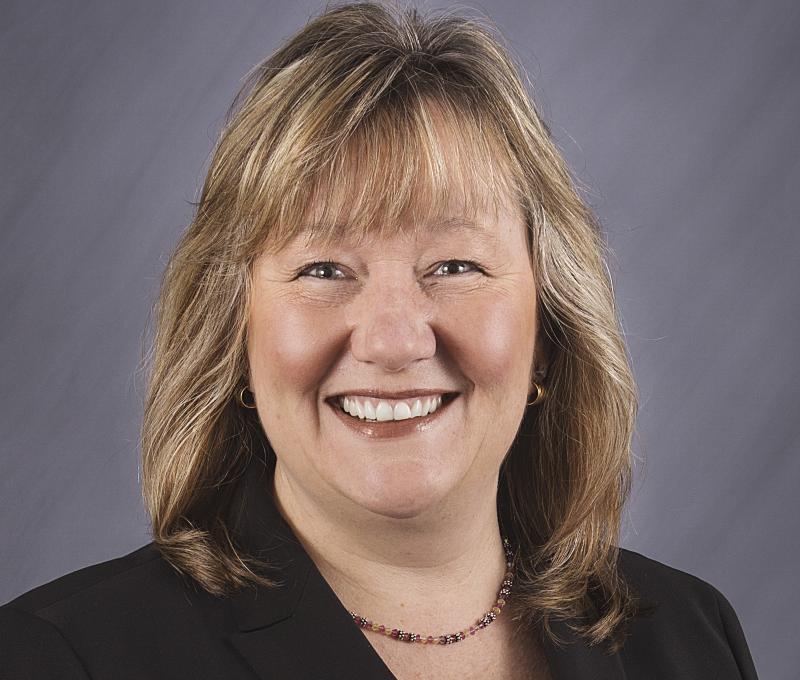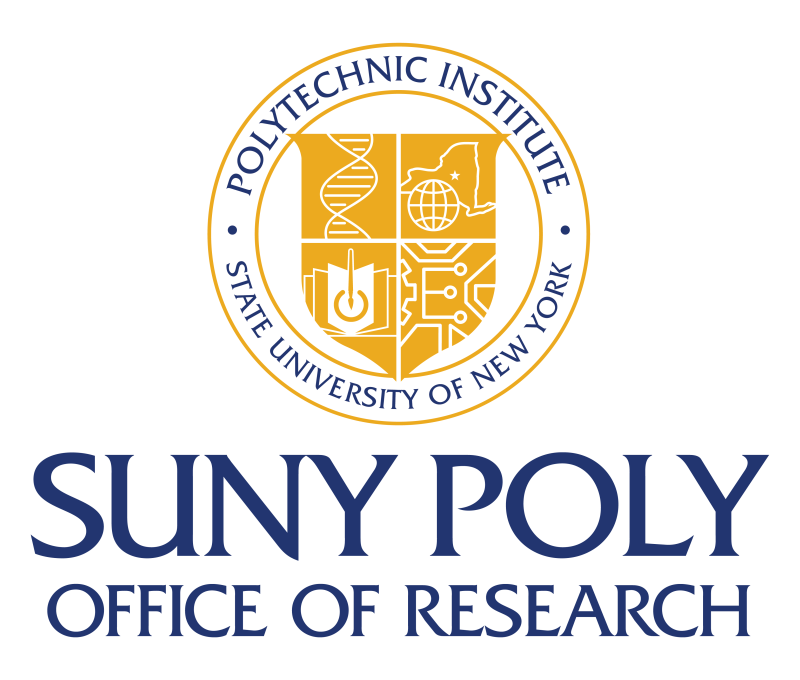News Release: Dr. Shing Chi Leung Receives $248K from National Science Foundation to Build New Generation of Supernova Models

For Release: Immediate – August 21, 2023
Contact: Joe Abraham, Content Communications Specialist
(315) 570-1302 | abrahaj3@sunypoly.edu
Project will Collaborate with CSTEP Program to Develop Student Research Opportunities
UTICA, NY – A National Science Foundation (NSF) Launching Early-Career Academic Pathways in the Mathematical and Physical Sciences (LEAPS-MPS) grant totaling more than $248,000 has been awarded to SUNY Poly Assistant Professor of Physics, Dr. Shing Chi Leung. The project will use new measurements to build a new generation of models detailing supernova explosions. The grant will also enhance the participation of students from historically excluded and currently underrepresented groups in the Mathematical and Physical Sciences research field, collaborating with The Collegiate Science and Technology Entry Program (CSTEP) for developing research projects with these students.
“SUNY Poly takes great pride in providing services that support the academic progress of our students,” said Vice President for Student Affairs Marybeth Lyons. “I commend Dr. Shing Chi Leung and CSTEP Coordinator Andrew Cotronea for their hard work on this collaborative effort, which will provide ample research opportunities for CSTEP students, aiding in their efforts to pursue professional licensure and careers in STEM and related fields.”
“The partnership funded by this grant not only allows for dynamic and innovative research to take place, but also provides research opportunities to CSTEP students, and ultimately will help inspire more students to become involved in science-centered activities,” said Interim Dean of the College of Arts and Sciences, Dr. Carlie Phipps. “This collaboration is truly a win-win for everyone, especially as it facilitates critical interest in STEM-based careers.”
“Studying supernovae is central to astrophysics because it is connected to a number of fundamental questions, including: where do all the chemical elements in the universe come from?” says Dr. Leung. “On top of that, supernova explosions often involve very extreme environments and fundamental physics, which are difficult to reproduce in terrestrial laboratories. Therefore, studying supernovae provides a glimpse of these unknown landscapes. I thank the National Science Foundation for this grant, which will advance this important work as well as provide tremendous research opportunities to under-represented and economically disadvantaged students.”
Dr. Leung explains that the chemical abundance pattern in stars and the surrounding gas may reveal how their predecessor stars explode. There are some high-resolution measurements of the Perseus Cluster (which involves thousands of galaxies) and very early galaxies. The chemical composition of the Perseus Cluster can reflect how supernovae explode in general. However, results show discrepancies with classical models of supernova explosions, raising the need to revisit them.
Using new measurements as constraints, Dr. Leung and participating students will build a new generation of supernova models. In this project, they will build a pipeline to simulate how a star evolves, from the beginning when it is a zero-age main-sequence star, all the way to its end as a supernova. They will then find the physical parameters that reduce the discrepancies, before building a catalogue of supernova models using multi-dimensional simulations. The catalogue will represent how stars of different masses and ages explode.
Student research opportunities
Through this grant, Dr. Leung will work with CSTEP Coordinator Andrew Cotronea to promote the research opportunities for CSTEP students and support their participation in the Summer Undergraduate Research Program and the ongoing supernovae research.
CSTEP, a program funded by the New York State Department of Education, provides structured services which foster the academic and professional success of STEM students. The goal for the research experiences supported by the NSF grant is to inspire more students to participate in science activities and research. The project will also support the delivery of public science talks, enhancing science literacy and interest in the local area.
The supernova models created through this project will align with some ongoing operating telescopes or telescopes to be launched, including the X-Ray Imaging and Spectroscopy Mission (XRISM) and James Webb Space Telescope (JWST). The JWST looks at very early stars and galaxies; these objects have experienced only one or a few supernova events and therefore they provide more direct constraints on supernova explosion models. The XRISM telescope is the successor of the Hitomi telescope and will continue to provide high-resolution measurement of stars, supernovae, and their remnants. The models, therefore, will provide the corresponding prediction and interpretation to these most recent data. This will improve the group’s understanding of supernova physics.
####################
About SUNY Polytechnic Institute (SUNY Poly)
SUNY Poly is charting a path to become New York State’s and the nation’s premier public polytechnic. The university offers undergraduate and graduate degrees in technology, including engineering, cybersecurity, computer science, and the engineering technologies; professional studies, including business, communication, and nursing; and arts and sciences, including natural sciences, game design, mathematics, humanities, and social sciences at its campus located in Utica. Complementing the campus experience and our hands-on approach to providing an affordable, targeted education for in-demand careers, you will also find thriving athletic, recreational, and cultural programs, events, and activities. For more information, visit www.sunypoly.edu.

